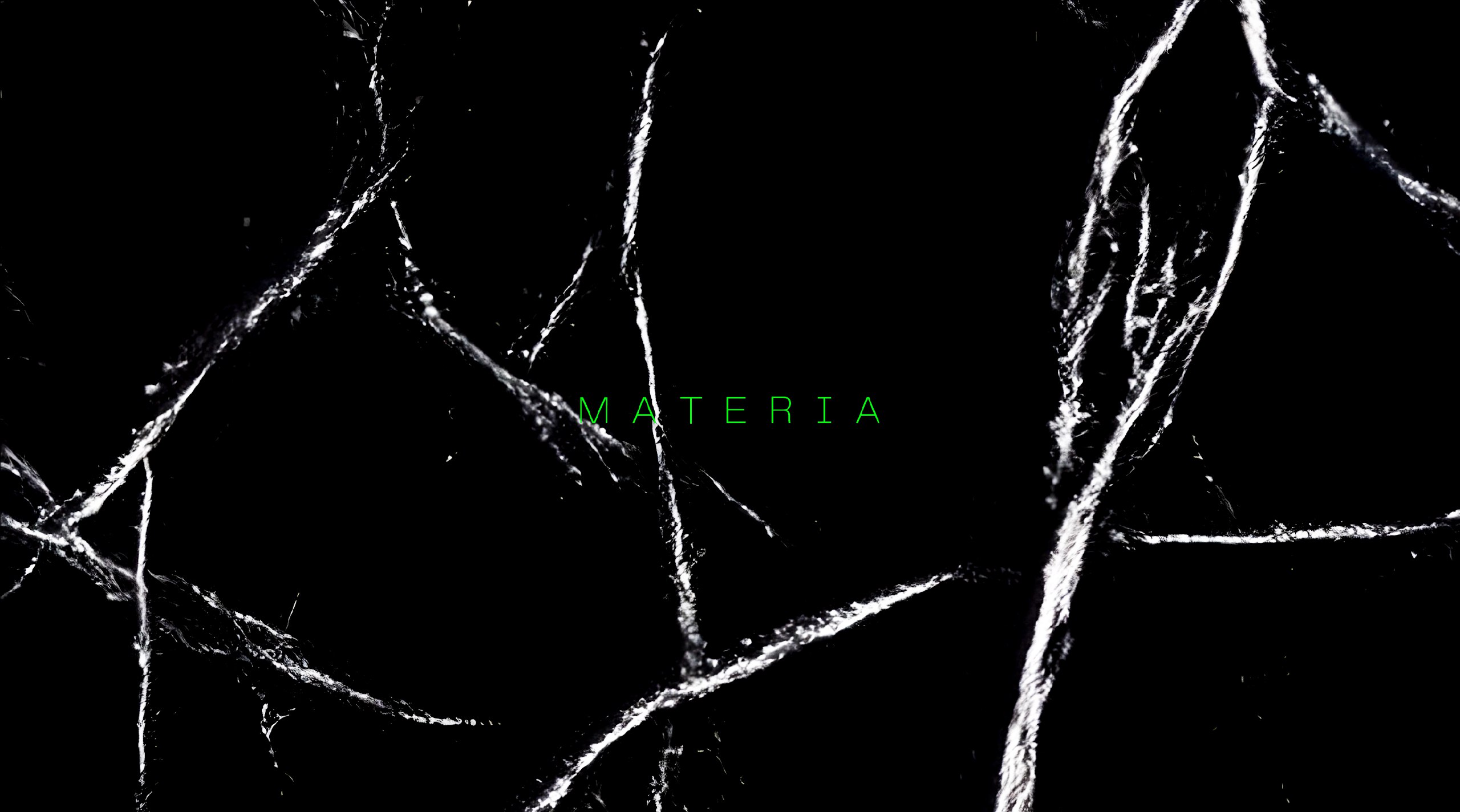Materia

Materia is an immersive film directed by Davide Bernardis and co-produced by Blaise Agüera y Arcas (2023). Started with an expedition to the Makgadikgadi Pans, Botswana and Jebel Irhoud, Morocco — some of the locations where homo sapiens originally emerged — the work is the result of a nonprofit collaboration bringing together a multidisciplinary team of artists and scientists from 8 countries. The production features data from the Max Planck Institute of Molecular Cell Biology and Genetics, Max Planck BioImaging Core Unit Network, Human Technopole and NASA Jet Propulsion Lab.
The shape-shifting worlds of Materia were built combining satellite image processing from NASA (HiRISE) data; light and electron microscopy data of organic neural tissues; generative adversarial network (GAN) for image processing; and hyper-realistic 3D renderings. The immersive soundscape and visuals are accompanied by text adapted from Blaise Agüera y Arcas's novella Ubi Sunt, which incorporates dialogues with the large language model LaMDA.
Materia employs different technological and aesthetic conditions of perception belonging to the fields of art and science — in an effort to start excavating entangled, expanded vocabularies to re-imagine the relations between consciousness, technology and the natural world. By bringing these divergent methodologies and languages in conversation, the multi-scalar complexity of our planet and its temporalities collapses into a morphing vision of the contemporary landscape — in which the uncanniness of the real surpasses that of fiction.